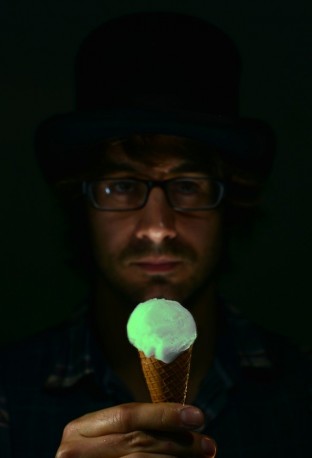
Is it a bird? Is it a plane?
The pilot of a passenger jet heading for London’s Heathrow Airport has told of the moment he saw a UFO flying directly into the path of his plane.
The captain of the A320 Airbus reported seeing the ‘metallic’ bright silver ‘cigar/rugby ball-like’ UFO coming towards the plane, until it was within just a few feet of the left-hand side cockpit window.
Metro newspaper reported that an incident report read: “He (the pilot) was under the apprehension that they were on collision course with no time to react. His immediate reaction was to duck to the right and reach over to alert the FO (first officer); there was no time to talk to alert him.
“The captain was fully expecting to experience some kind of impact with a conflicting aircraft,” the report added.
The pilot checked the plane’s instruments and reported the incident to air traffic control, straight away, but no sign of the mystery UFO could be found.
The UFO consultant for the National Archives, Dr David Clarke, told The Telegraph: “This latest sighting is interesting, because it is detailed and clear. These pilots don’t file these reports for something and nothing. There was obviously something there.”
The UFO sighting took place in July 2013.









